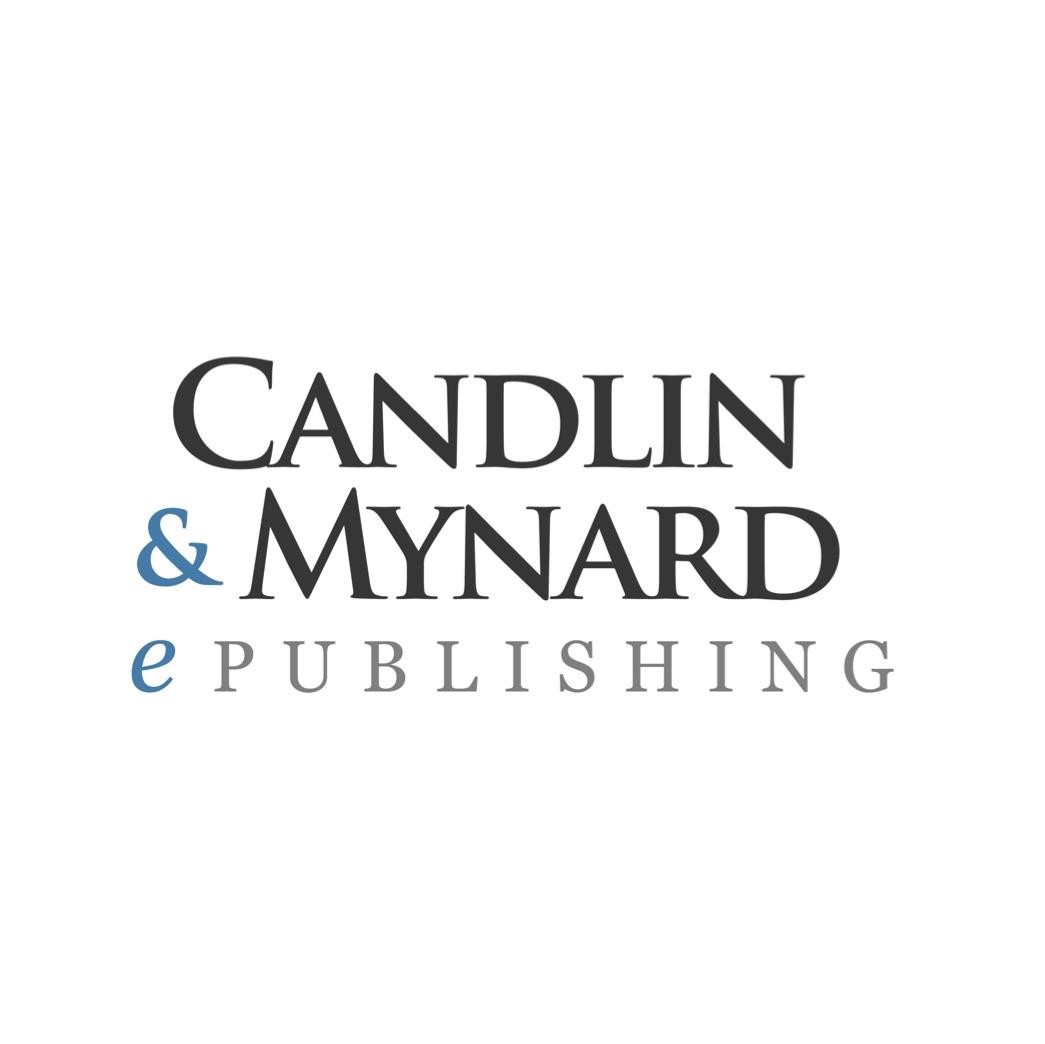Learner Autonomy: Research and Practice
Jo Mynard is a professor, Director of the Self-Access Learning Center (SALC), and Director of the Research Institute for Learner Autonomy Education (RILAE) at Kanda University of International Studies in Japan. She is also the Founder of Candlin & Mynard ePublishing and the Publications Officer for the Learner Autonomy SIG of IATEFL.
In this paper I will give three examples of learner autonomy in practice, along with some ways that teachers can conduct research in order to find out more about the learners' experiences. First, I will briefly define learner autonomy and explain why it is important for language learning.

What is learner autonomy?
Learner autonomy is broadly defined as “the capacity to take control over one’s own learning” (Benson, 2011, p. 2). Another definition often referred to as the ‘Bergen definition’ provides more detail and highlights the social processes and also the sense of responsibility someone has over their own learning:
..a readiness to take charge of one’s own learning in the service of one’s needs and purposes…a capacity and willingness to act independently and in cooperation with others, as a social, responsible person. (Dam et al., 1990, p. 102)
An autonomous learner is someone who can manage their own learning processes throughout their lifetime. The general assumption is that learner autonomy is a “legitimate and desirable goal” (Benson, 2011, p. 2), as being autonomous is a natural human tendency that anyone can develop given the right opportunities and support. From a practical perspective, the best way for teachers to respond to the individual needs of all of the learners in any given class is to promote autonomy. This will mean that the learners themselves can ensure that they are personalising learning opportunities for their needs. We can visualise autonomous learning as a continuum, allowing us to see learners’ progress towards autonomy in terms of degree (Everhard, 2018). Learners demonstrate degrees of important factors such as: managing their learning; knowing how to learn and which resources and strategies to use; thinking deeply about the process; working and communicating with others; and managing their motivation and emotional states.
Practical examples of promoting learner autonomy
1. Reflective diaries
One way for teachers to embed a focus on learner autonomy into every lesson is to engage learners in regular reflection. This can take the form of logbooks, weekly guided reflective diaries, or short discussion questions before or after an activity. All of these provide opportunities for learners to have ongoing written reflective ‘conversations’ with the teacher, other learners, or just with themselves. The activities help learners to think deeply about what they are doing both in class and outside class that is related to their language learning. Logbooks may have multiple functions; in addition to providing ways for learners to document their activities, they also help them to think deeply and take charge of the learning process (Dam, 2018). Guided reflection questions might include:
- What did you do well today (related to your language learning)?
- Why were you successful? How did you feel?
- What / who helped you to achieve success?
- What’s next? Will you continue / change something?
2. Language advising
Language advising, sometimes called language coaching or language counselling, is normally a one-to-one intentional dialogue between a teacher/advisor and a learner and the purpose is to promote deep reflection on learning and, ultimately, learner autonomy (Mynard & Carson, 2012; Kato & Mynard, 2016). Advising normally takes place outside of class either by appointment, or casually, but it can be incorporated into class activities too. Every micro-conversation with a learner is a chance to engage them in deeper reflective thought processes. Language advising focuses on reflective listening, asking powerful questions, and prompting deeper reflection. Despite the name, actually giving advice is not the focus of advising sessions, as a skilled learning advisor will help learners to evaluate their own situations and come up with suggestions for themselves. An advising dialogue uses a wide range of intentional advising strategies (Kato & Mynard, 2016; Kelly, 1996) and might look something like this (notice the focus is on careful reflective listening, empathising, questioning, and intuiting rather than giving advice):
Learner: I have to prepare for a test and I really don’t know where to start!
Advisor: So you need to get started, but you don’t know how? (paraphrasing)
Learner: Yes, the test is in two weeks and I’ve done nothing.
Advisor: It seems like you have been putting it off? Perhaps getting started is the hardest part for you? (intuiting / empathising)
Learner: Yes, I think so. I’m always like this.
Advisor: So what do you think you need to do to motivate yourself into getting started? (questioning)
Learner: I should probably make a list of skills I need to learn….
3. Learning management
Drawing on the field of self-directed learning (SDL), we know that language learners can be introduced to the knowledge and skills necessary for managing learning as part of a regular curriculum. Having this kind of knowledge will increase the sense of control that learners have over the processes. The SDL skills are likely to include being able to do the following: analyse one’s language learning needs, set realistic goals, choose appropriate resources, use effective strategies, manage motivation, and evaluate learning gain. Using a learning plan where students specifically write their needs, goals, strategies, and resources, and weekly language learning target sheets can help students to manage the process and feel sense of achievement. This is ideally done in conjunction with reflective diaries and advising.
Research approaches
There are several ways in which activities designed to promote learner autonomy can be evaluated in order to understand the learners’ experiences. ‘Measuring’ learner autonomy is probably not possible (or desirable), but understanding whether the activities have positively influenced the learning processes is a useful focus for teacher research. It is helpful to begin with some research questions, for example:
- Which guided reflection questions appear to be the most effective for eliciting deep responses from my students in their diaries?
- Are my students’ learning plans useful for helping them to achieve their goals?
1. Document examination
If learners are producing written reflections, then these could be analysed. The type of analysis would depend on your research aims and questions, but it could include looking for evidence of:
- increased use of metalanguage
- longer and/or deeper reflections
- more effective use of learning activities, strategies and resources related to a learner’s goal
- evidence of increasing metacognition over time
A teacher-researcher could develop an evaluation framework through the process, or to keep it simple and manageable, adapt an existing framework such as ones provided by Curry et al. (2017), Sinclair (1999), Kato and Mynard (2016), Nunan (1997), or institutions which are promoting metacognition. A good example of the latter is provided by California State University (https://www.csusb.edu/trc/general-education/ge-metacognition) as they provide a rubric that can be adapted by other educators and researchers interested in promoting and observing the development of metacognition.
2. Interviews, questionnaires and focus group discussions
If time allows, another way to understand learners’ experiences is by asking them directly. The method you choose will depend on the resources, available time, and research questions/aims, but choose one which is most likely to give you the information you are looking for. Begin with the questions and the match this to the best method, for example:
- Do my students value the SDL activities we are doing in class? (Method: Short anonymous questionnaire to all students at the end of the course)
- Are my students learning SDL skills in my class? (Methods: Short questionnaire to all students at the beginning and end of the course; document analysis of randomly selected learning plans and weekly reflections)
- Are my students’ metacognitive skills increasing? (Methods: Rubric analysis of weekly reflections from randomly selected learner for the entire semester; Interview with participants at the beginning and the end of a course)
As each learner will be different, in addition to asking these general questions about an entire class, it is useful to focus on some case studies where an individual learner can be studied in more depth.
This paper has given a short overview of learner autonomy, and some ideas for classroom practice and research. There is a growing body of work which is developing our knowledge of the implications of developing learner autonomy, but as always, further research and dissemination is needed.
References
Benson, P. (2011). Teaching and researching autonomy in language learning. Harlow, UK: Pearson.
California State University (n.d.) Metacognition rubric. Retrieved from https://www.csusb.edu/trc/general-education/ge-metacognition
Curry, N., Mynard, J., Noguchi, J., & Watkins, S. (2017). Evaluating a self-directed language learning course in a Japanese university. International Journal of Self-Directed Learning, 14(1), 37-57.
Dam, L., Eriksson, R., Little, D. Miliander, J. & T. Trebbi, T. (1990). Towards a definition of autonomy. In proceedings of developing autonomous learning in the F.L. classroom, 11-14 August 1989, Institutt for praktisk pedagogikk, Universitetet I Bergen, Bergen, Norway.
Dam, L. (2018). Developing learner autonomy while using a textbook. In K. Schwienhorst (Ed.) Autonomy in language learning: Learner autonomy in second language pedagogy and research - challenges and issues (pp. 51-71). Hong Kong: Candlin & Mynard.
Everhard, C. J. (2018). Investigating the true colours of autonomy in language learning. In K. Schwienhorst (Ed.), Learner autonomy in second language pedagogy and research: Challenges and issues (pp. 73-103). Hong Kong: Candlin & Mynard.
Kato, S., & Mynard, J. (2015). Reflective dialogue: Advising in language learning. New York, NY: Routledge.
Kelly, R. (1996). Language counselling for learner autonomy: The skilled helper in self-access language learning. In R. Pemberton, E.S.L. Li, W.W.F. Or & H.D. Pierson (Eds.), Taking control: Autonomy in language learning (pp. 93-113). Hong Kong: Hong Kong University Press.
Mynard, J., & Carson, L. (Eds.) (2012). Advising in language learning: Dialogue, tools and context. Harlow, UK: Pearson.
Nunan, D. (1997). Designing and adapting materials to encourage learner autonomy. In P. Benson & P. Voller (Eds.), Autonomy and independence in language learning (pp. 192-203). Harlow, UK: Pearson.
Sinclair, B. (1999) Wrestling with a jelly: The evaluation of learner autonomy. In B. Morrison (Ed.), Experiments and evaluation in self-access language learning (pp. 95-110). Hong Kong, Hong Kong SAR: HASALD.
Please check the English Course for Teachers and School Staff at Pilgrims website.
Please check the English Update for Teachers course at Pilgrims website.
Please check the Methodology and Language for Secondary course at Pilgrims website.
Please check the Teaching Advanced Students course at Pilgrims website.
Listening: Problems from Learners’ Perspectives
Annie McDonald, UKLearner Autonomy: Research and Practice
Jo Mynard, JapanCreating a Thinking Environment for English Language Learners
Michelle Hunter, GermanyCommunity Counts. Reflecting on the Power of Relationships, Motivation and Connection in the Classroom and Beyond
Sarah Elizabeth Sprague, BrazilHow to Teach Demotivated Students by Humanising Language Teaching
Susan Brodar, ItalyUnderstanding Scaffolding and Organic Mediation
Dr. Gabriel Díaz Maggioli, UruguayOvercoming the Speaking Headache: A Speaking Project Idea
Maria-Araxi Sachpazian, Greece
